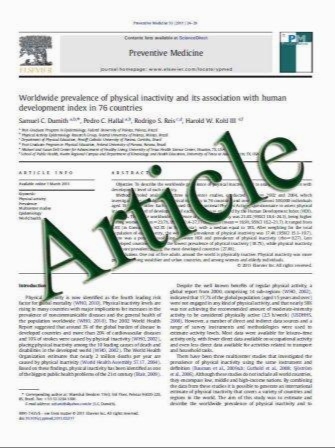Endovascular treatment for aneurysms of the posterior cerebral artery: 12 yearsپŒ experience with 21 cases
- نوع فایل : کتاب
- زبان : انگلیسی
- مؤلف : Daina Kashiwazaki & Satoshi Ushikoshi & Takeshi Asano & Toshiya Osanai & Satoshi Kuroda & Kiyohiro Houkin
- چاپ و سال / کشور: 2011
Description
Background and purpose To discuss and summarize the strategies and complications of endovascular embolization for aneurysms of the posterior cerebral artery (PCA). Methods Data of patients with PCA aneurysms treated by an endovascular procedure were analyzed retrospectively (n=21). Twenty patients with aneurysms were treated by detachable coil embolization, and one patient was treated with n-butyl cyanoacrylate. Of the 21 aneurysm embolization cases, 9 were treated by parent artery occlusion (PAO), and 12 were treated by selective occlusion of the aneurysm (SOA). Results All 12 aneurysms treated by SOA showed complete occlusion. Two aneurysms became recanalized 6 months after the first embolization and were then re-embolized; complete healing was observed on follow-up angiography. All patients showed acceptable outcomes without any procedural complications, except one patient who died 2 days after treatment. PAO resulted in 100% occlusion of all aneurysms. Cerebral infarction was noted in most patients (78%, n=7). However, the area of infarction was small. Permanent neurological deficit was observed in two patients (22%), but their condition was not critical. Conclusions Aneurysm embolization with SOA is well indicated for saccular aneurysms with well-defined necks, whereas PAO carries a risk of ischemic complications. Although the PCA is rich in collateral circulation, ischemic complications were noted in most patients after PAO, and it was difficult to predict occurrence of these complications. However, the area of cerebral infarction tended to be small, and the neurological deficits observed were not critical.
Acta Neurochir DOI 10.1007/s00701-011-1111-5


